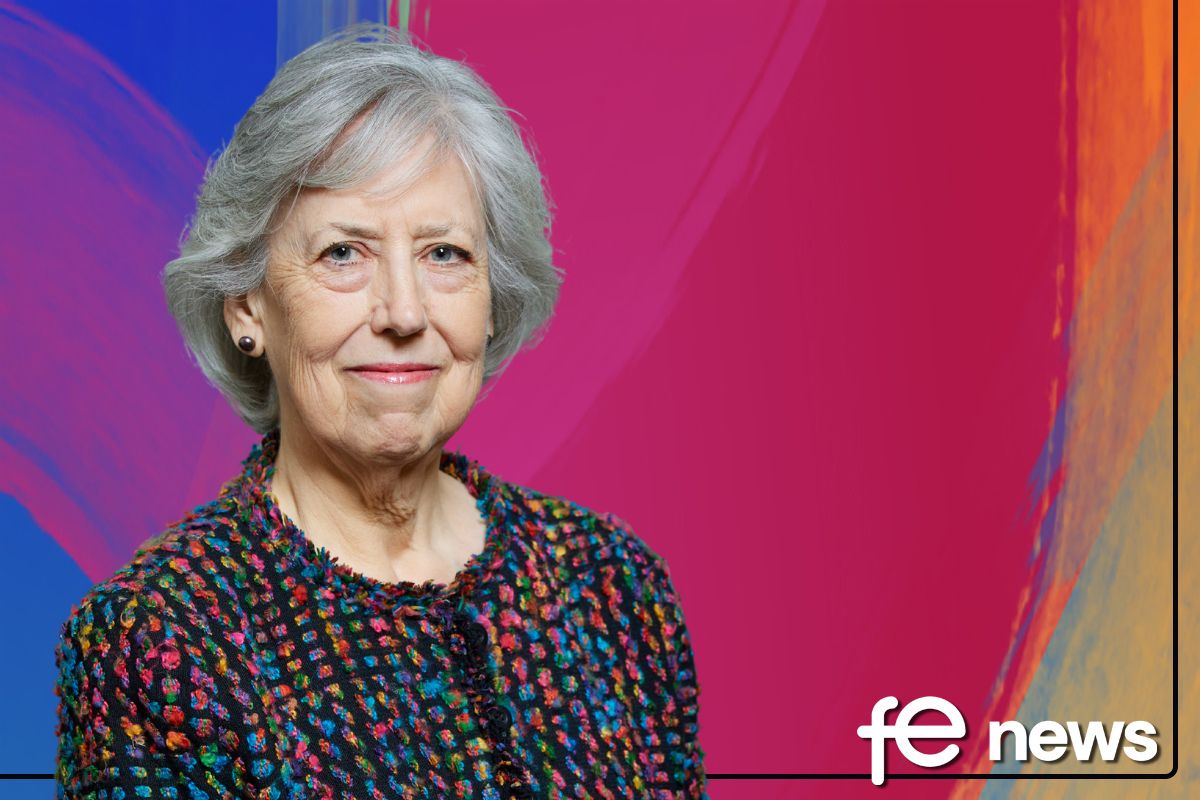FELTAG: are we making it happen?

At a recent Inside Government event, FELTAG 2017: Embracing Digital Technology in Further Education, I followed speakers including Bob Harrison, one of the original FELTAG members like me, and William Cutler, Head of EdTech and Digital Skills Co-ordination, Department for Education, giving a keynote, and mine was on workforce development to maximise Learning Technology impact. I approached my topic in in three ways: first, I set out what questions we need to ask about skills and capabilities, second, I explored how and open online course can support workforce development and third I showcased how ALT’s accreditation scheme, CMALT, can help increase intelligent use of Learning Technology.
Speaking nearly five years on from when the action group which FELTAG started as was first convened by then Minister of State for Skills and Enterprise, Matthew Hancock MP, I listened to the case studies presented throughout the day together with the policy ideas and subsequently I examined these in relation to the original FELTAG publication from 2012 which began thus:
Learning technology is the broad range of communication, information and related technologies that can be used to support learning, teaching, and assessment.
 The Further Education Learning Technology Action Group (FELTAG) was set up in January 2013 by Matthew Hancock, Minister of State for Skills and Enterprise in BIS, as a sector group to make practical recommendations aimed at ensuring the effective use of digital technology in learning, teaching and assessment in Further Education and Skills. Members identified and developed six workstreams to gather evidence and ideas and to develop their recommendations.
The Further Education Learning Technology Action Group (FELTAG) was set up in January 2013 by Matthew Hancock, Minister of State for Skills and Enterprise in BIS, as a sector group to make practical recommendations aimed at ensuring the effective use of digital technology in learning, teaching and assessment in Further Education and Skills. Members identified and developed six workstreams to gather evidence and ideas and to develop their recommendations.
At the outset, FELTAG agreed that:
- digital technology was not the end goal in itself
- Government cannot, and should not, provide all the answers
- ownership by the FE sector of FELTAG’s outcomes is key
So, let’s start with the third premise, that the sector should own and lead the outcomes of FELTAG. In this case we have really strong examples of providers and professionals taking a lead ranging from the work of the Highbury College, the Heart of Worcestershire College or Epping Forest College to name but a few, to Special Interest Groups such as ALT’s FELTAG Special Interest Group which has several hundred subscribers and the Jisc-supported FELTAG Coalition. All across the UK we have examples of improving practice and leadership in Learning Technology. In these times of austerity and uncertainty making progress is certainly not easy and taking ownership seems more a necessity than a choice, but change is happening and has been happening since the original report was published in 2012.
The second premise FELTAG set out was that ‘Government cannot, and should not, provide all the answers’ and I feel that this has certainly been achieved. The continued dialogue with policy makers has highlighted the continued importance of FELTAG in a ‘changing political and technological landscape’ and the potential of digital technology ‘within the context of the 2016 Digital Skills for the UK Economy report and the Post-16 Skills Plan’. Some might argue that we need a stronger vision, a more consistent implementation of FELTAG’s recommendations from Government and its agencies, particularly in regard to quality assurance and assessment. With all the pressures already on the FE sector on the other hand, Learning Technology is in practice more often an afterthought than a strategic vision.
Which brings me to the final premise that FELTAG set out, which is that ‘digital technology was not the end goal in itself’ and that was powerfully demonstrated last week by Dr Ken Thomson, Principal and Chief Executive, of Forth Valley College, who shared his organisation’s vision and practice on FELTAG. Speaking about combining strategy, planning and technology into a powerful transformation serving a diverse community of learners, employers and stakeholders, Ken reminded me of why FELTAG was important to begin with and why it still is. As an action group we set out how Learning Technology can help meet the increasingly challenging demands in Further Education. Not primarily for economic or political gain, or indeed to the benefit of the employers, providers and developers involved. It’s the learners and the diverse constituency they represent and the contribution they make that is at the heart of the system. The kind of transformation you can witness in Forth Valley College and beyond demonstrates what’s achievable against all the odds. Against all the bleak headlines of recent months and years, it left me with a note of hope for the work we do as professionals across the UK and the future of FE(LTAG).
Dr Maren Deepwell is chief executive of the Association for Learning Technology (ALT).
About ALT: ALT represents 2500+ Members from across sectors and is an independent charity est. 1993 (Registered charity number: 1160039).











Responses